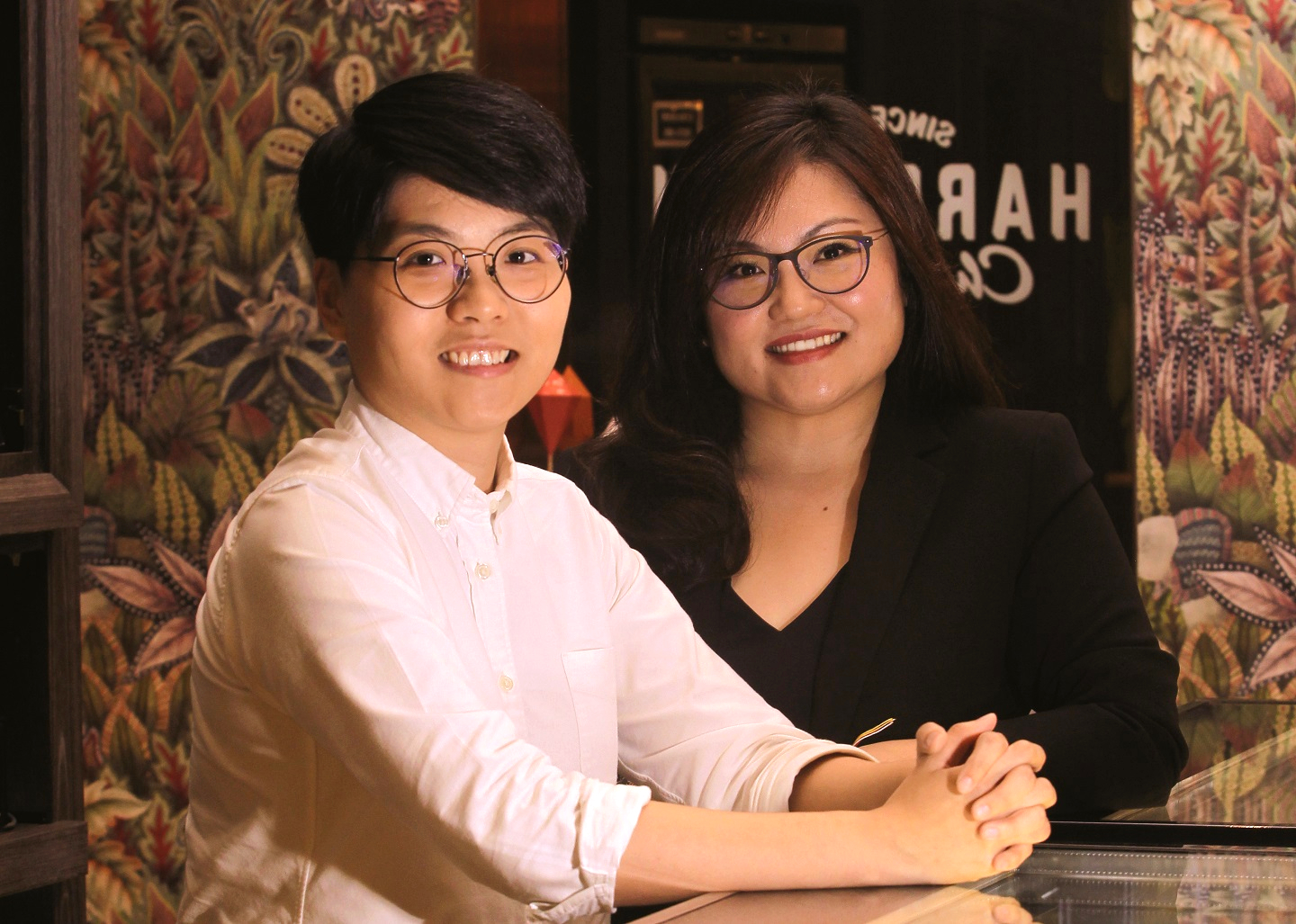
Wei Tzyy (left) and Queenie (Photo: Haris Hassan/The Edge)
Tasting delectable treats daily may be a dream job for many of us, but not for Teng Wei Tzyy, who samples chocolate every day as part of her job. But the CEO of TSC Chocolate Manufacturing takes it all in stride, understanding that it is to ensure the No 1 rule set out for the business by her father, S C Teng, the founder of Harriston Chocolate: quality, quality and quality.
Since its founding in 2005 as a retail emporium catering predominantly for tourists — starting with the first outlet, Cocoa Boutique, in Jalan Imbi, Kuala Lumpur — the chain today operates five stores and galleries in Kuala Lumpur, Penang and Pahang, making it a leading chocolate retailer.
Nevertheless, the past few years has seen Wei Tzyy and her sister Queenie Teng, executive director of Harriston Chocolate, quietly laying the groundwork for consolidating the business under the Harriston brand, after their father gave up his active role in the business in 2015. TSC remains the sister company and supplier.
harriston_chocolatier.jpg
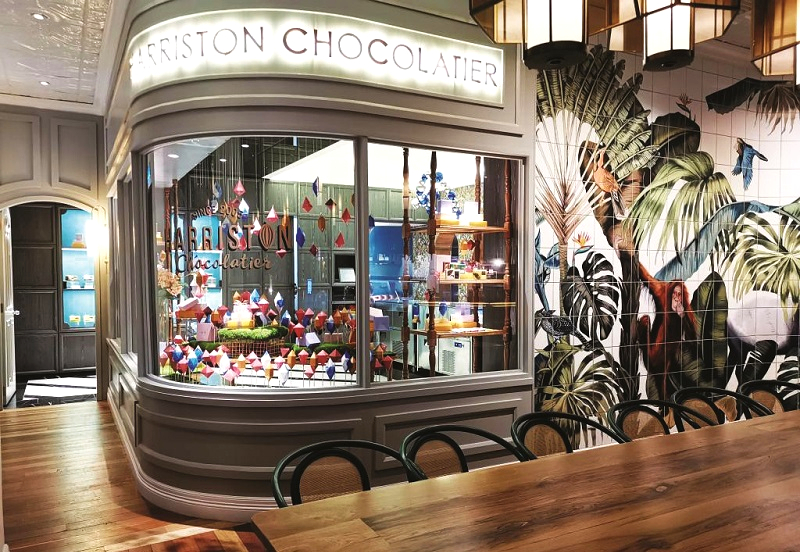
Our meeting at the company’s latest venture in the city’s newest creative mall, The Linc KL, also offers a glimpse of what the sisters have up their sleeve in terms of taking the brand to the next level. Tucked within a chic “lifestyle concept” shared space that consists of wine and whisky retailer Cellar Eighteen and restaurant Bo All Day Dining, the new Harriston Chocolatier is the first step into the realm of premium fine chocolates.
“We opened in December, so, it’s been about half a year. We have wine and chocolate pairings, while at Bo, customers can dine in and enjoy our chocolates, a hot chocolate drink or cacao tea. We feel this is a good partnership, and a way for our local clientele to get to know us better, since this is purely a walk-in outlet,” says Queenie, who oversees all retail aspects for the brand.
Also unique to the premium outlet are two products that the sisters hope will be a game changer for them — a series of single-origin chocolate bars and gourmet pralines created in collaboration with Michelin-starred pastry chef Frederic Oger.
lifestyle_image.jpg
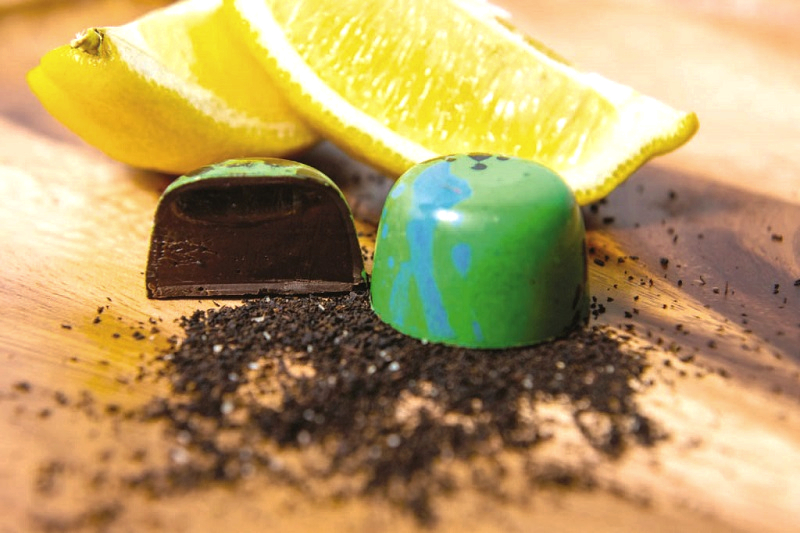
While this marks new territory for them, being innovative and adventurous have always been at the heart of the brand. “The fact that my dad started this business when no one supported his idea — he was a tour guide and felt that every tourist would want to bring back some form of souvenir and gifts — he knew that a unique product was important. And the first thing that came to his mind was durians and chocolate. At the time, who would have thought you could pair them?” says Wei Tzyy, referring to the D24 pure durian paste encased in a chocolate shell that first earned Harriston Chocolate fame.
Unique flavours have since become a hallmark for the brand — among them curry chocolate, chilli chocolate, white chocolate with black sesame seeds and ginger chocolate. The chilli and ginger, in particular, were unexpected favourites.
Wei Tzyy smiles, “We have a three-second rule for the chilli chocolate ... wait for it to kick in. We also want to promote local ingredients, which is why we use Bentong ginger and, going forward, we will have Sarawak pepper.” Queenie adds, “We have Tongkat Ali as well. It’s quite popular.”
ruby_chocolate_with_cocoa.jpg
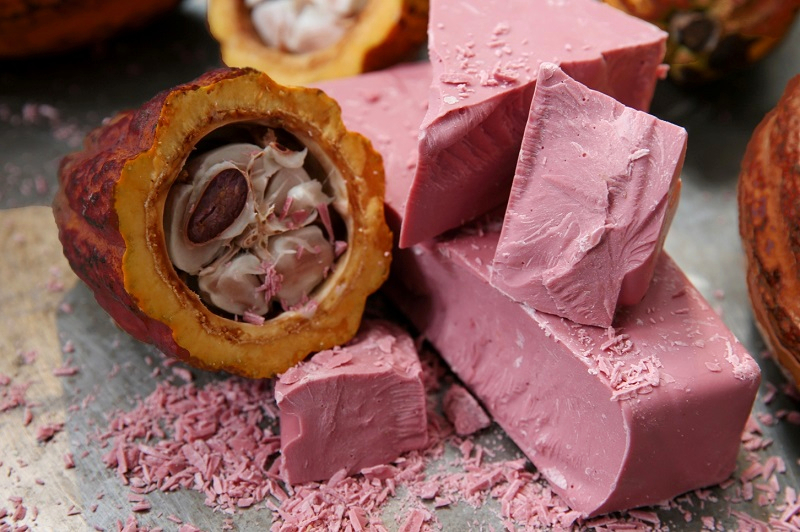
Some may be inclined to judge them as gimmicky, but none of the exotic flavours — even the ones we did not enjoy as much, truth be told — detracted from the quality of the chocolate used, nor the confident simplicity of their production. Since it started fully manufacturing its products in 2012, Harriston has used only Barry Callebaut chocolate, the Belgian-Swiss producer that is one of the world’s largest, and is favoured by global brands such as Godiva, Guylian and Neuhaus, to name but a few. It is through Barry Callebaut that Harriston has brought in the patented ruby chocolate — only the first new variety of chocolate created since white chocolate came about 80 years ago. Distinctive for its natural pink colour and yoghurt-like fruitiness, Harriston is the first in Southeast Asia to retail the ruby, including a coconut-ruby bar that has become a bestseller.
The single-origin series — with its 72% pure cocoa content in its three varieties, the Titiwangsa, the Raub and, most uniquely, the Hulu Selangor, which stands out for its fruity, more acidic flavour — is Harriston’s way of throwing its hat into the ring with the artisanal and niche brands that have mushroomed over the last few years.
“It is definitely a good thing,” says Queenie of the increasing number of chocolate makers. “The chocolates we Malaysians have been eating are very standard. I mean, I am one of those who grew up on — and to this day, will grab one if I see it — those small Cadbury pieces in blue wrappers. But this also means that within the artisanal realm, there is still a lot of room to grow. Personally the Hulu Selangor made me a new fan of single origin chocolates,” she says.
hulu-selangor.jpg
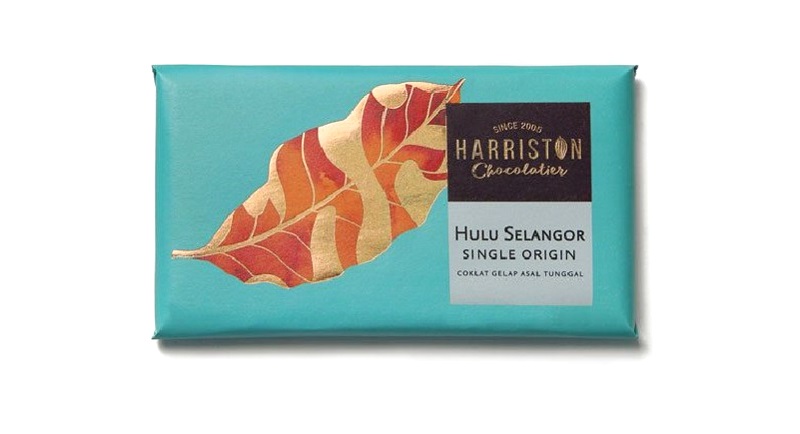
“Morever, we always say, ‘what we don’t eat, we don’t sell’. So, all of our single-origin chocolates are made from beans that are organically fertilised. The product is also our way of honing our bean-to-bar production expertise. We have worked closely with Culture Cacao (local grower and bean producer) who has helped us with research and development on extracting the best flavours and quality consistency of the beans,” says Wei Tzyy. “Our margins may be very low because of the high costs to achieve that, but we don’t mind,” Queenie injects.
Their desire to support local players and to share knowledge and know-how from their experiences in the industry go even further. “This year, we have gathered a few chocolate players, including farmers, to set up an association. It is called the Malaysia Fine Chocolate and Cacao Alliance. We have YB [Minister of Primary Industries] Teresa Kok as our patron,” says the executive director.
Wei Tzyy chips in, “I think it is also to gather our resources, especially for the farmers. Everyone has been doing their own thing up to now. We need to grow Malaysia from scratch, from the downstream. Malaysian producers’ collective output is about 1,000 tonnes of beans per year. Guan Chong of Johor — the world’s fourth largest cocoa grinder — grinds 200,000 tonnes a year. That is a big gap, especially compared with 30 years ago when we were the world’s third biggest producer of cacao [with 247,000 tonnes at the peak in 1990]. To use more local beans, we need competitive pricing, volume and quality. That is why, through this alliance, we want to try to boost one another.” She goes on to reveal that TSC alone produces 50 tonnes of chocolate a month, a figure that will soon double or triple when its new state-of-the-art “green garden” production facility and gallery opens.
Despite half of their outlets seeing an average of 50 tour buses a day each, the sisters are not content to just rest on their father’s pre-built success. The next goal, they say, is to head abroad. As they share, offhand, ideas for localised flavours for each market they hope to set foot in, it shows that discussions and preparations are already underway. They say that it will be a challenging and hectic year ahead, but judging from how much they have accomplished, they are ready for the task.
Saying that they have learnt sincerity and an undivided focus on the business from their father, both admit it was not always easy to go head-to-head with him on new ideas when he was actively in charge, perhaps because they share a similar passion.
Wei Tzyy joined the business in 2013, after being asked to come back from the US to do manufacturing and production while Queenie — who was a marketer — did not have as much of a choice. She was roped in when S C fell ill a few years ago. “To be honest, I found it difficult to work with my dad as a boss back then,” she says candidly, adding that it was a struggle to find her place in an existing culture and the presence of many “wingmen”. She went on a hiatus when her daughter was born, only rejoining the company in 2017, proving that second time’s the charm.
Wei Tzyy credits Queenie with having the foresight to see what the brand could be. “I think she had a vision that those surrounding my dad could not see, which is basically what it is now. We have somewhat managed to prove that things are going the right way and the results are starting to show.”
While they are looking forward to new adventures and fresh ideas, it is not all out with the old — much like the story of how the name “Harriston” came about. S C , who was a band boy, fused the name of his favourite guitarist, George Harrison, with the initial of his own surname for a more international appeal. Combining the best of both worlds is another cornerstone of the brand — legacy and innovation.
“I feel it is a blessing that many of the staff remained loyal to this company — we are so thankful to them. Because I am still learning, and as long as they are willing to learn too, and we are all willing to grow together, then why not?” Queenie concludes.
This article first appeared on Aug 12, 2019 in The Edge Malaysia.


